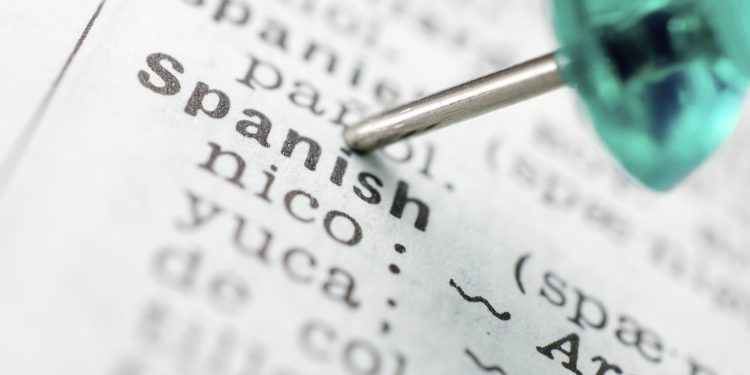Cardinal numbers in Spanish are fairly straightforward until you get into the billions whereas ordinal numbers —first, second, third, etc.— get complicated way before then, and are certainly more complex than they are in English.
Ordinal numbers you should know
The numbers from one to ten, or more precisely first to tenth, are worth committing to memory as they appear frequently:
- Primero – first
- Segundo – second
- Tercero – third
- Cuarto – fourth
- Quinto – fifth
- Sexto – sixth
- Séptimo – seventh
- Octavo – eighth
- Noveno – ninth
- Décimo – tenth
Ordinal numbers in tens
When the numbers get into the tens – i.e. 11-19 – you use décimo in the first place and add primero through noveno; therefore:
- Décimo primero (or undécimo) – 11th
- Décimo segundo (or duodécimo) – 12th
- Décimo tercero -13th
- Décimo cuarto -14th
- Décimo quinto 15th
- Décimo sexto – 16th
- Décimo séptimo 17th
- Décimo octavo – 18th
- Décimo noveno – 19th
Ordinal numbers 20 through 90
A similar structure applies for cardinal numbers 20 through 90, thus:
- Vigésimo – 20s
- Trigésimo – 30s
- Cuadragésimo – 40s
- Quincuagésimo – 50s
- Sexagésimo – 60s
- Septuagésimo – 70s
- Octogésimo – 80s
- Nonagésimo – 90s
- Centésimo – 100th
- Milésimo 1,000th
Several points need to be made here.
Separate or together
21st through 99th can be written as one word or separately, as they have been above. For example, 23rd can be written as vigésimo tercero or vigesimotercero. Note that vigésimo loses its accent when used as a prefix in a single word, since accents in Spanish are applied according to the position of the stressed syllable.
Gender agreement
The ordinal numbers also have to agree in gender with the noun, using an ‘a’ ending for feminine and ‘o’ ending for masculine, for example:
- El décimo cuarto partido – the 14th match (partido, masculine).
- La décima quinta vez – the 15th time (vez, feminine); but if expressed using one word, it becomes la decimoquinta vez, with no accent on decimo, and no ‘a’ in the middle of the word, although it ends with ‘a’.
While on the subject of gender agreement, when the ordinal number precedes a masculine noun in the case of first and third, the ordinal number drops the ‘o’, for example:
- Mi primer libro – my first book;
- Nuestro tercer aniversario – our third anniversary; but,
- La primera semana – the first week.
This may all appear unnecessary when there are simpler ways to deal with ordinal numbers, but it is worth knowing since they are used frequently in formal text and speech.
Using ‘avo’ for ‘th’ and fractions
Although not grammatically correct, many people add the ending “avo” to the cardinal number to make an ordinal number, which would be roughly equivalent to the English “th.” For example, onceavo for 11th, veintitresavo for 23rd, and soon.
The correct use of “avo” is for fractions —quinceavo for a 15th, veinteavo for a 20th, and so on— but note, not “un decimoquinto” or “un vigésimo.”
Using ordinal numbers instead
Another acceptable practice, and a way around complex ordinal numbers, is simply to use the cardinal number, e.g. the 158th anniversary of the Reform War could be expressed as the “aniversario ciento cincuenta y ocho.” No centésimo; no quincuagésimo octavo. No gender agreement to worry about, either.
For additional clarity you can say “número” before stating the number. For example, “Piso número ocho” for eighth floor, or even just “piso ocho.”
Other uses
Here are two other uses where ordinal numbers in Spanish may be commonly used or heard in everyday conversation:
When referring to decades such as the 1980s or the 1960s, in Spanish the number can be expressed in singular or plural. For example, los ochenta or los ochentas; los sesenta or los sesentas. Either way is fine.
Spanish also has a version of the unspecified ordinal number: enésima vez. For example, “te lo digo por enésima vez“ —I’m telling you for the umpteenth time (literally, “the nth time”).
Mexico in your inbox
Our free newsletter about Mexico brings you a monthly round-up of recently published stories and opportunities, as well as gems from our archives.



